Since Peli has sponsored numerous participants in the world-renowned Dakar Rally and with its newest edition beginning soon, we’ve put together a quick overview of the Dakar Rally, what it is, and how it has evolved over the years.
What is the Dakar Rally?
The Dakar Rally, formerly known as the Paris-Dakar Rally, is an annual rally raid. A rally raid, otherwise known as cross-country rallying, is a form of off-road Racing over long distances that usually take place over a period of several days. This can range from anywhere between 2-3 days to up to as long as many 15, which is typical for the Dakar. The original Dakar Rally was a marathon race that began in Paris and finished in Dakar, Senegal. However, the setting for the rally has changed since its inception.
What makes the Dakar Rally special is its length as well as the terrain, which is much tougher than that which is typical of most conventional rallies. Thus, the vehicles that are typically used are purpose-built true off-road vehicles and motorcycles, rather than simply being modified on-road vehicles. The off-road sections of the race include dunes, mud, camel grass, rocks and erg. Given that the rally is so long, there are various stages to the race which can vary from fairly short distances all the way up to 900 kilometres (560 miles) per day. Although the race is arduous and can be dangerous, the annual field of participants skews heavily to amateurs, who make up around 80% of the total.
Dakar History
The story of how the Dakar Rally began in 1977. Thierry Sabine, who was already a rally racer, got lost in the Ténéré desert while completing the 1975 “Cote-Cote” Abidjan-Nice Rally. He was eventually saved and returned to his native France. Still enthralled by the landscape the desert had to offer as a rally location, he promised himself he would share his fascination with as many people as possible. He then devised a new route for a rally that would begin in Paris, continuing through Algiers, then crossing Agadez and from there finishing in Dakar. His famous motto for the Dakar Rally was, “A challenge for those who go. A dream for those who stay behind.”
The first Dakar
It wasn’t long before the rally became a reality, largely due to his great conviction, and to some degree, his madness. On 26 December 1979, just two years since Thierry Sabine had been lost in the desert, 182 vehicles gathered at the Place du Trocadéro for the first Dakar Rally, a 10,000 Km journey into what was then the largely unknown, with only the destination established: Dakar.
Among the 182 vehicles that began the rally, 74 were able to finish, making it to the Senegalese capital. Cyril Neveu riding a Yamaha 500 XT motorcycle was the first winner of the greatest rally in the world.
Popularity rapidly rises
It didn’t take long for the rally to grow in popularity. 216 vehicles participated in 1980 and 291 in 1981. Fascinated by the idea of regular people becoming adventurers defying the odds with limited resources in a race across the desolate desert of the African continent, amateurs poured in to be a part of the rally. With vehicles such as Yamahas and Hondas “cobbled together at the back of the garage” they competed against professionals such as Thierry de Montcorgé’s Rolls-Royce and F1 driver Jacky Ickx’s Citroen CX. The 1981 race was won by the aptly nicknamed, Hubert “The African” Auriol. The 1982 race saw 382 racers, double the field of the original Dakar in 1979.
The Ténéré
The 1983 event was the first to include the very place where Thierry Sabine came up with the idea for the Dakar, the as yet unexplored Ténéré Desert. This was the event that really made the Dakar legend grow. A terrifying sandstorm plunged over the desert, engulfing as many as 40 drivers who were stranded for 4 days before getting back on course.
Thierry Sabine, who was noted for his care over the competitors, spent four days in a helicopter flying over the region directing lost competitors toward the correct route. One competitor, Nicole Maitrot, said of him, “One has the impression that Thierry Sabine is God looking over his sheep from up in his helicopter, coming down in a swirl of airplane to help those who are lost.”
The subsequent years in the early period of the Dakar were marked by continued growth, with 1984 and 1985 breaking the 400-participant mark.
Death of Thierry Sabine
In 1986, a year that the Dakar Rally itself refers to as “the black year”, Thierry Sabine, French singer-songwriter Daniel Balavoine, pilot François Xavier-Bagnoud and radiophonic engineer Jean-Paul Lefur were all killed in a helicopter accident. Sabine’s ashes were scattered at the Lost Tree in Niger, which was subsequently dubbed the “Arbre Thierry Sabine”. The 1986 rally was marred by the aforementioned deaths, nevertheless the Dakar went on as scheduled that year. It was described as a year in which no one’s heart was really in it.
Peugeot and Citroën Domination period
Between 1987 and 1996, there was a marked increase in official factory participation in the rally, with automotive manufacturers such as Peugeot and sister brand Citroën producing vehicles specifically to participate in the event along with other rallies. These brands subsequently dominated the rally during this period.
In 1992, a special edition of the Dakar was held where riders needed to traverse the entire African continent, starting in France and finishing in Cape Town, South Africa. Hubert Auriol won to become the first driver to be victorious in both the bike and car categories.
Initial changes to the traditional Dakar route
In 1995, the start of the race was moved to Granada, Spain, an event that was won by former Formula One driver Jean-Louis Schlesser. In 2000, to mark the new millennium, the Dakar route was changed once again to end at the foot of the Gizeh Pyramids in Egypt. Schlesser once again won, this time on a buggy, making him the only person to win the Dakar using this type of vehicle.
Last Paris-Dakar route
2001 was a memorable year not only because it was the last year that the traditional Paris to Dakar route was used, but also because it marked the year that the first female driver won the event. Known as “Mss Dakar”, Jutta Kleinschmidt won for Mitsubishi.
Dakar moved to South America
Due to security concerns after four French citizens and three Mauritanian soldiers were murdered just days before the event was to start, the 2008 event was cancelled at the behest of the French Ministry for Foreign Affairs. Thus, in 2009, the event was moved to Latin America for the first time. A notable level of interested was generated in both Argentina and Chile, where significant crowds gathered to catch some of the Dakar. In total, 113 bikers, 13 quad riders, 91 car teams and 54 truck teams finished the rally-raid.
The 2010 edition produced one of the most exciting finishes in the rally’s history, with car competitors Calos Sainz and Nasser Al Attiyah crossomg the finish line separated by the smallest margin of victory ever at the Dakar: 66 cm (2 ft. 2 in.).
Saudi Arabia
Since 2020, the race has been held in Saudi Arabia. It is now the season-opening round of the World Rally-Raid Championship. In 2023, the event will run from 31 December 2022 to 15 January 2023.
Dakar Rally Vehicles and classes
There are five competitive groups in the Dakar, which are motorcycles, quads, the cars class, which includes buggies and small SUVs, and the trucks class. Many automotive manufacturers use the Dakar’s harsh environment as both a testing group as well as an opportunity to showcase their vehicles’ durability, even though most of the vehicles are either heavily modified from the standard manufacturing versions or are purpose-built for the competition.
Classics is the newest class which was introduced in 2021 for cars and trucks that were manufactured before 2000, or new vehicles that meet the pre-2000 specifications. This rally is also run on a different route that is more suitable for older vehicles. The Classics rally is also not based on fastest time, but rather on a regularity rally point scoring system, in which the object of driving each segment of the course in a specified time at a specified average speed.
Peli’s long-time friends and Pros RumboZero will once again be competing in the Classics class and we wish them all the best.
Peli has sponsored several participants in the Dakar including the above-mentioned RumboZero team as well as the Honda Racing Team with an assortment of protective cases, work lights and flashlights.
If you’d like to know more about how you can benefit from Peli cases and torches, click on the button below to speak to a Peli expert.





.png)





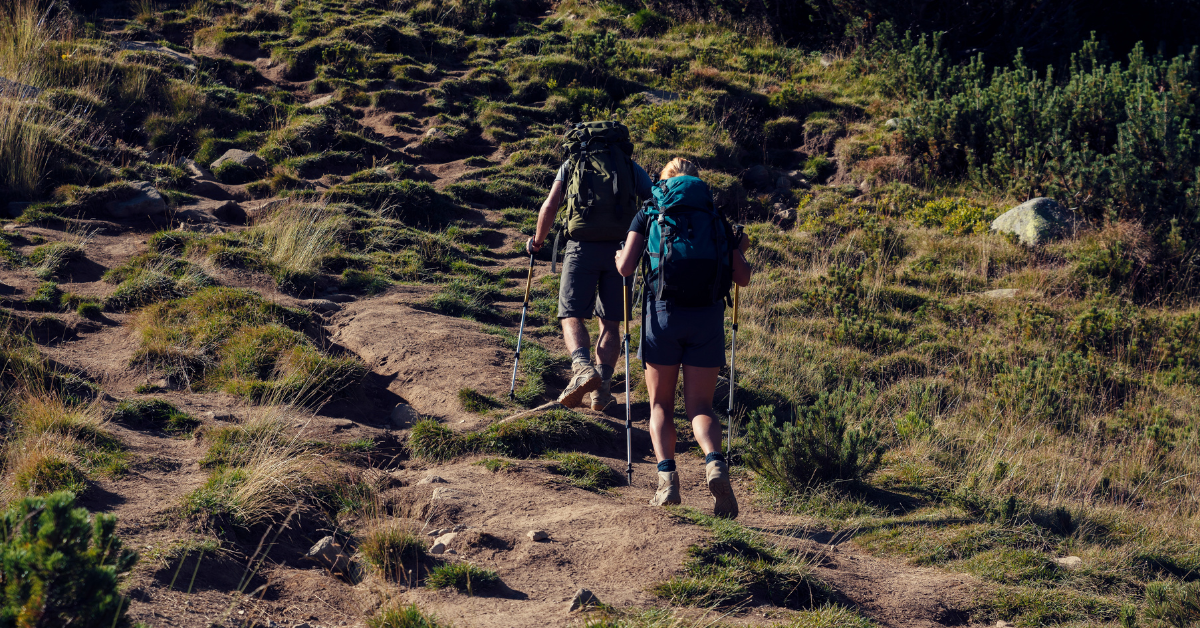
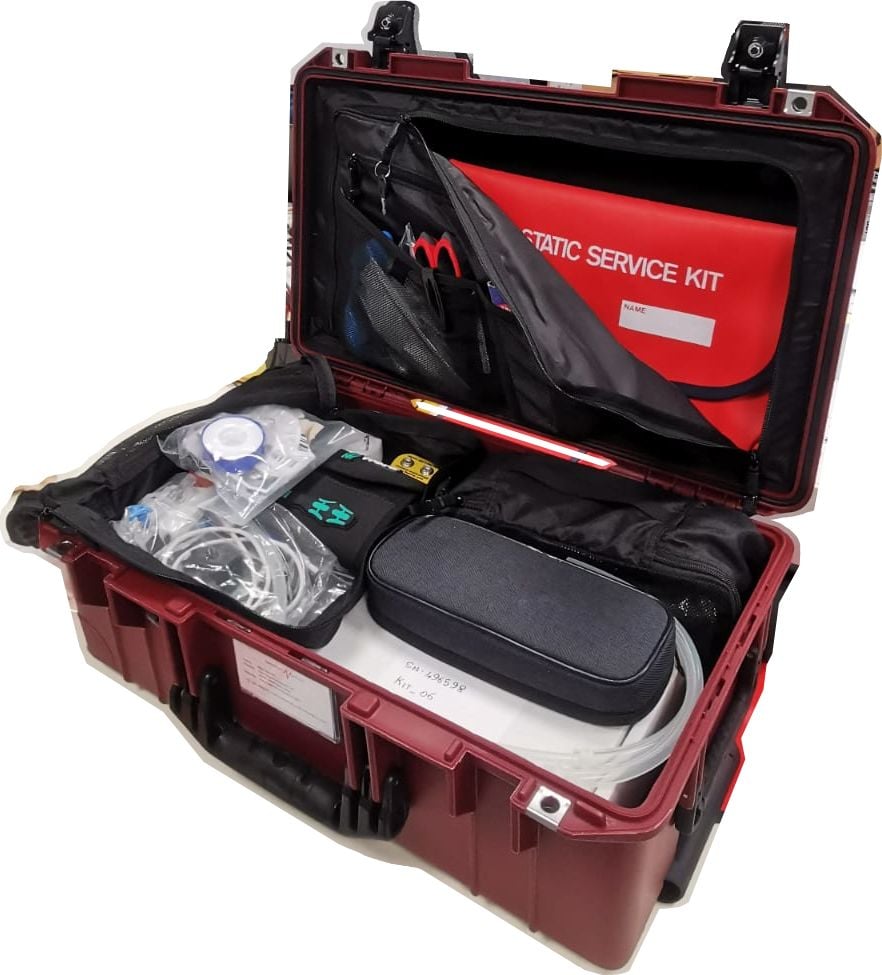
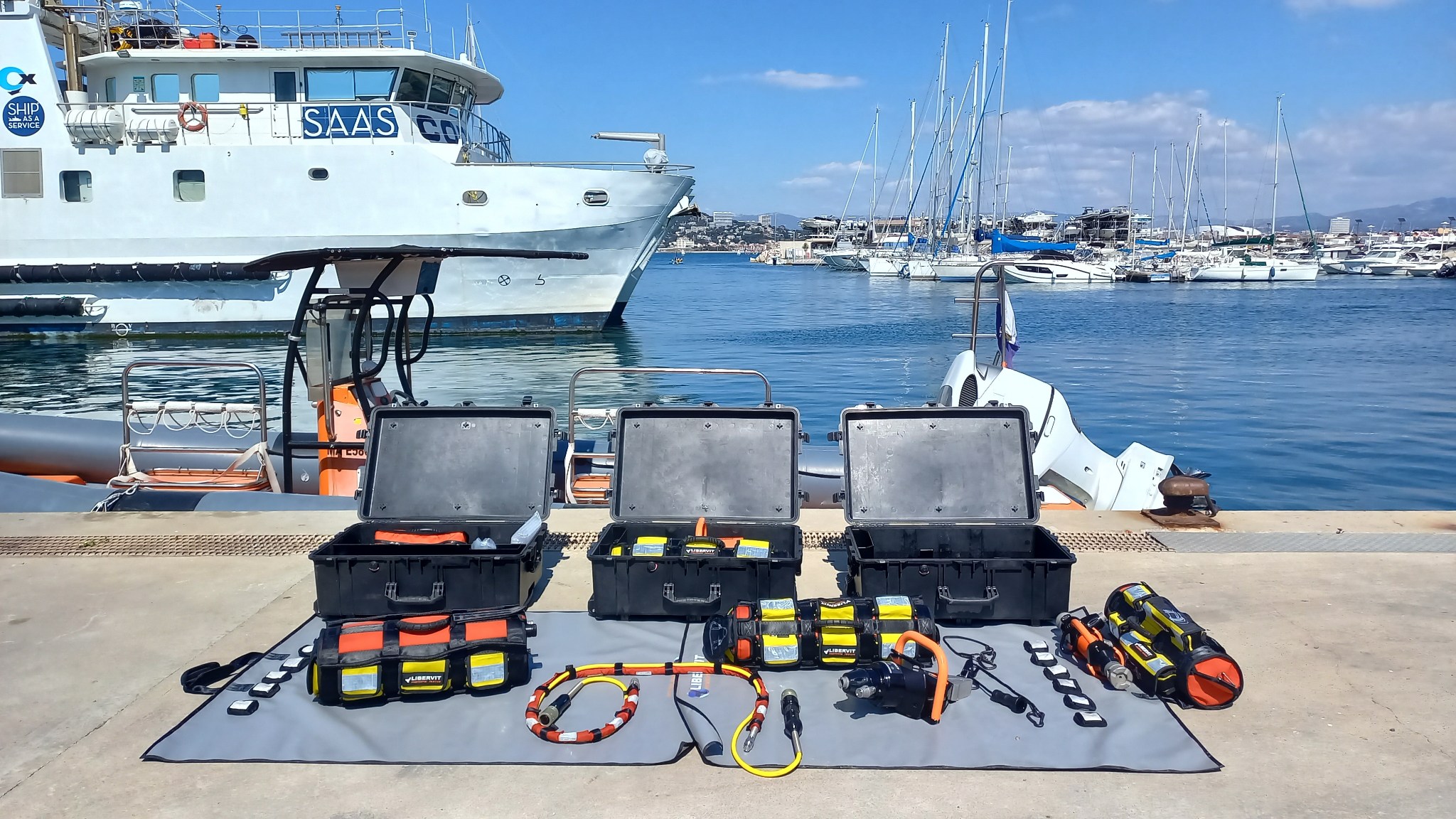
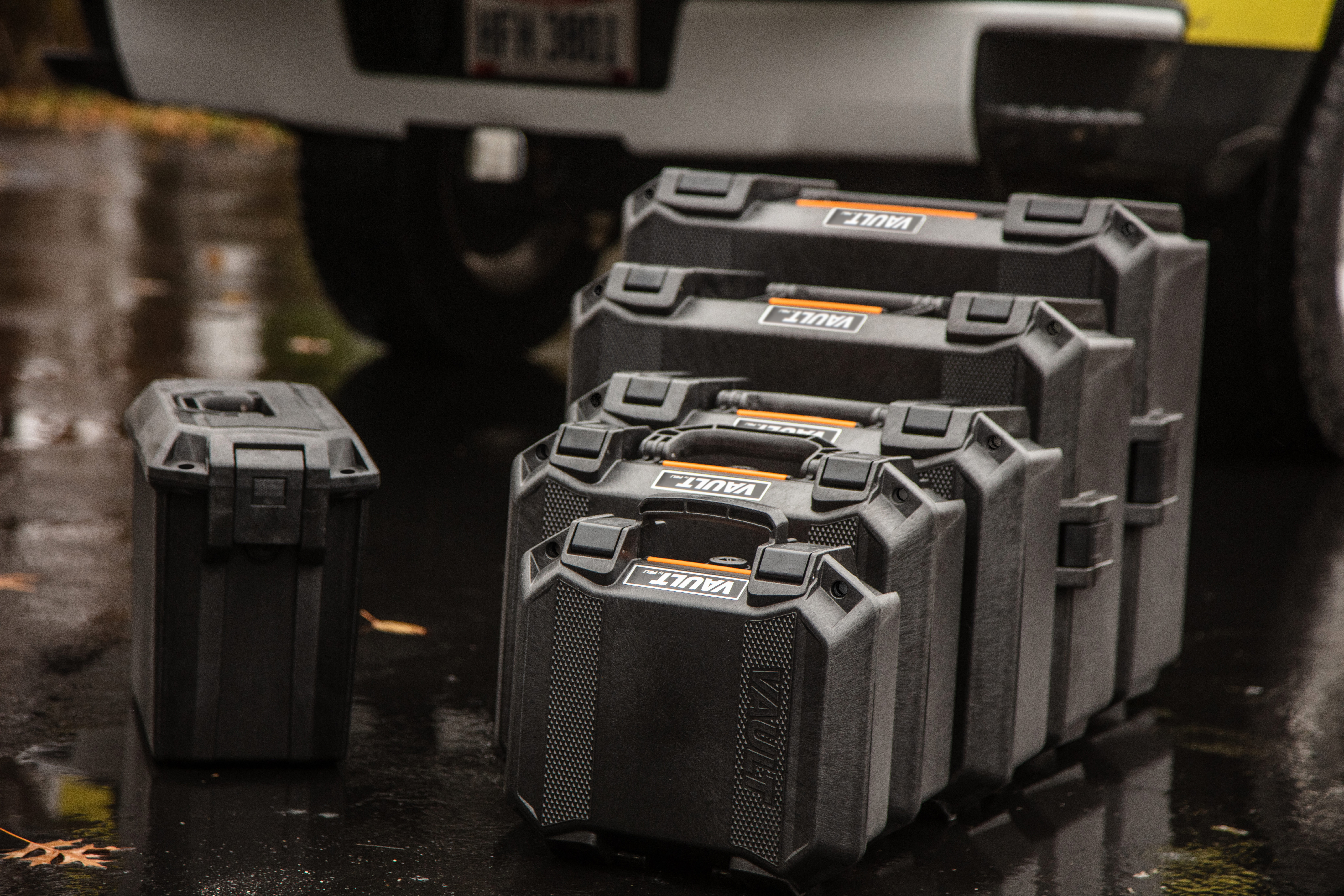
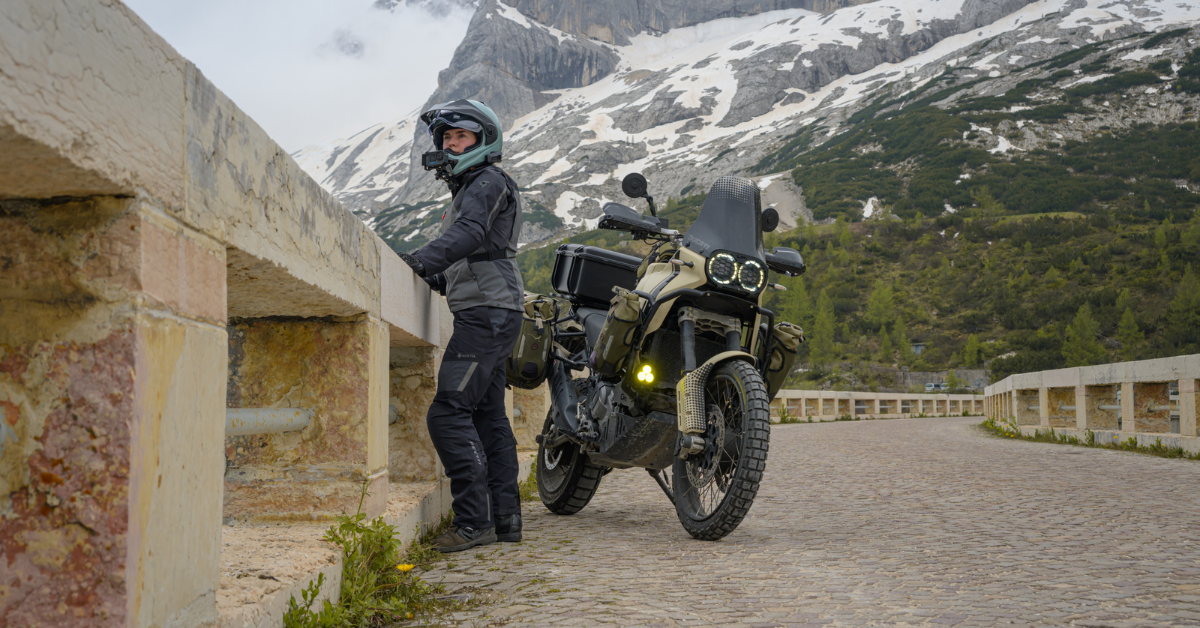
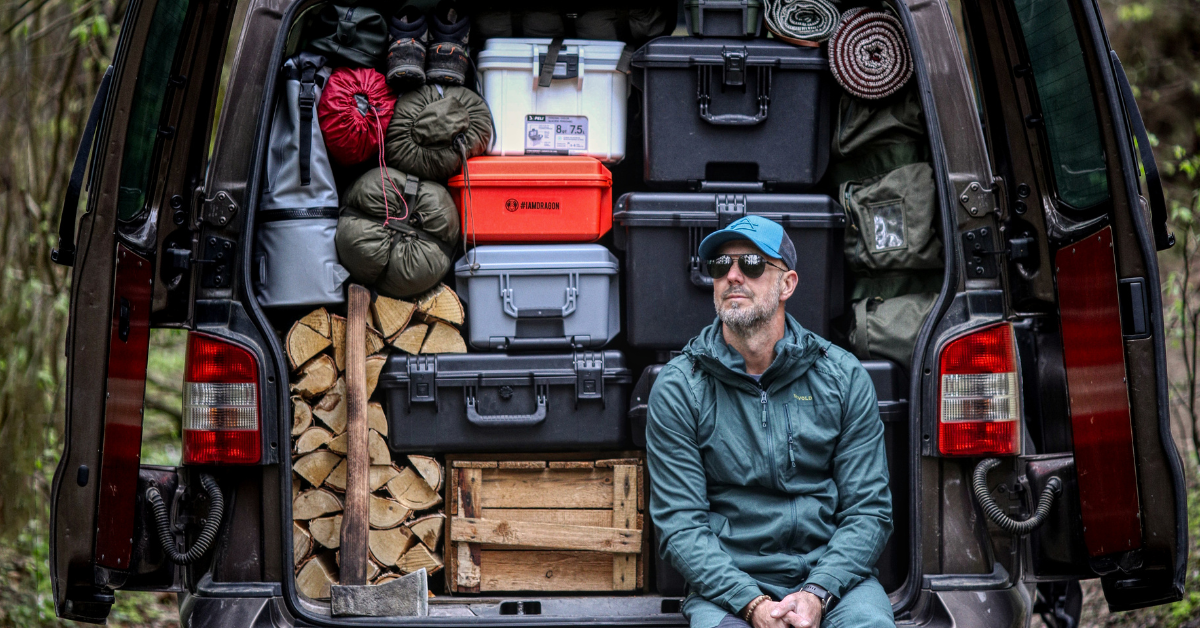
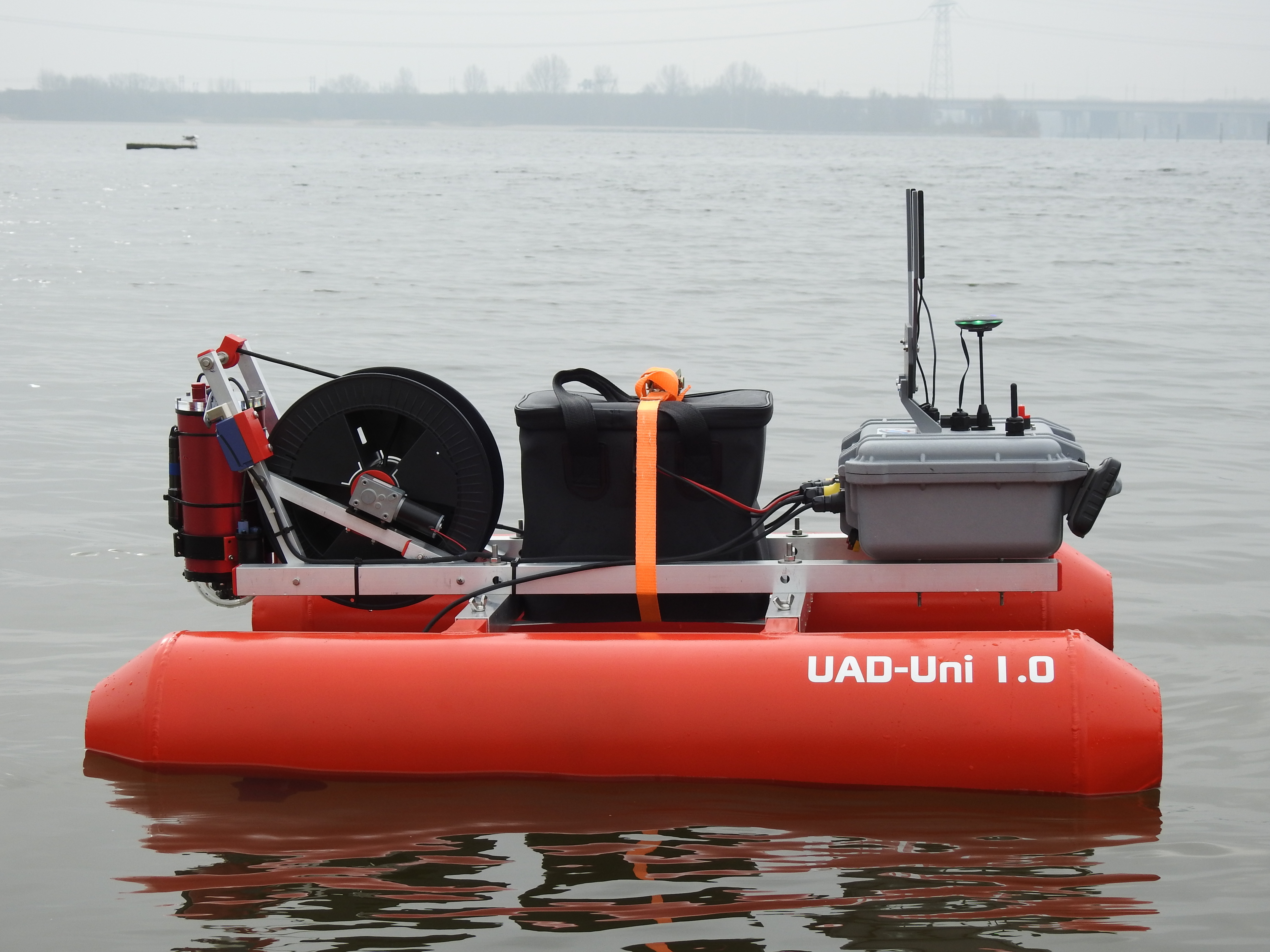
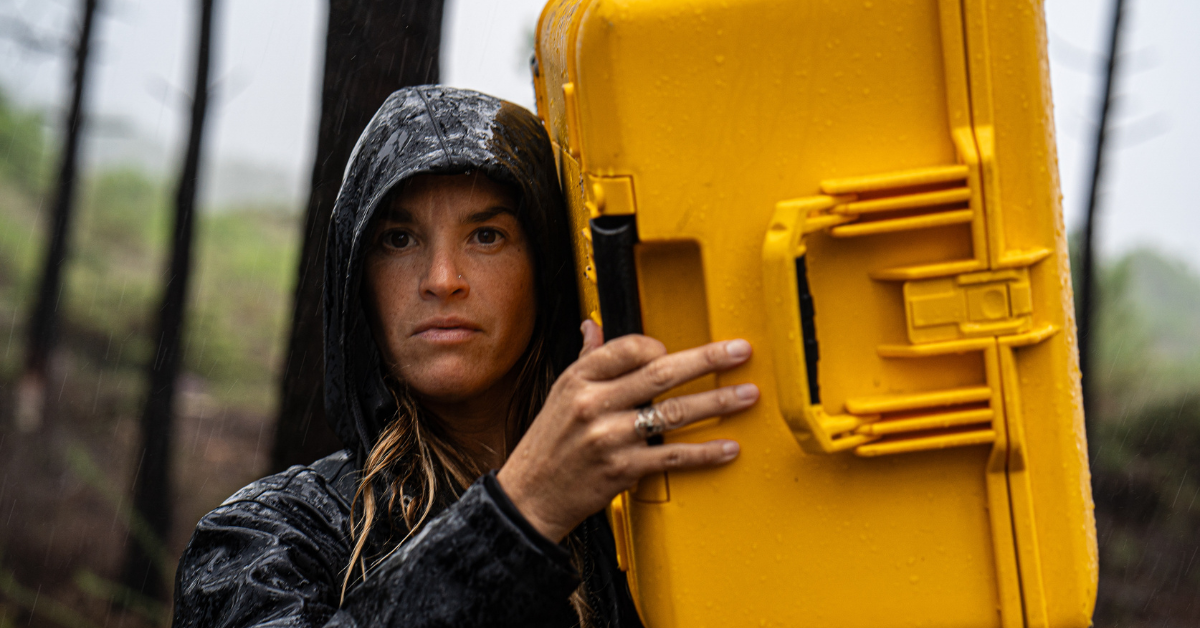
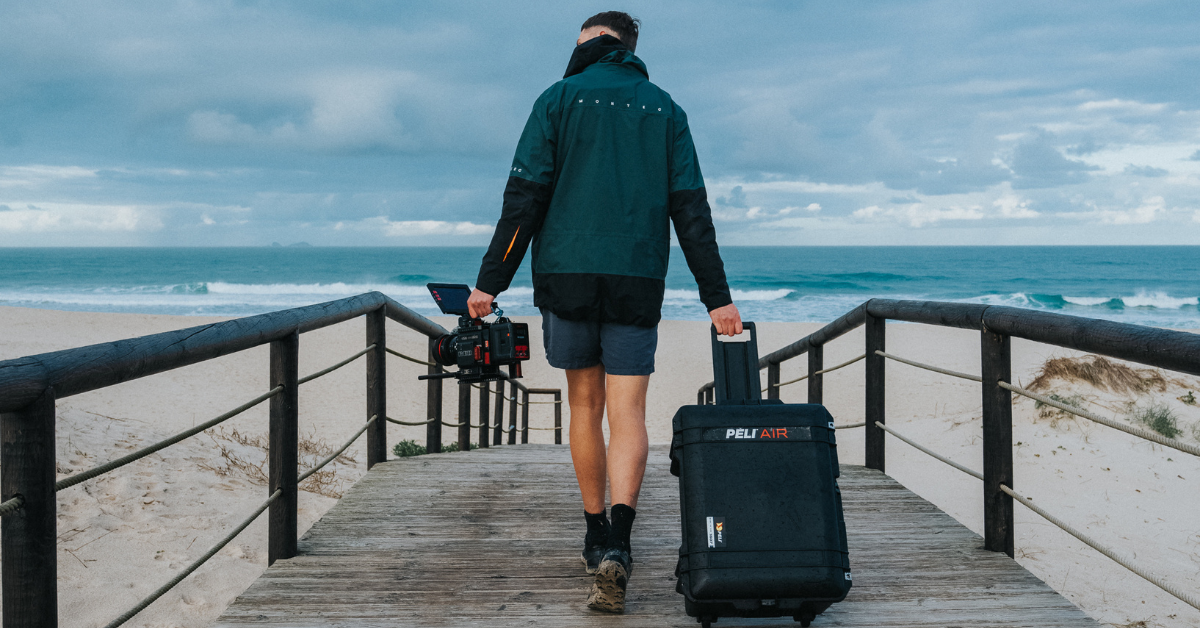

Post a comment